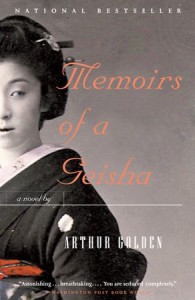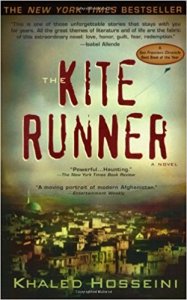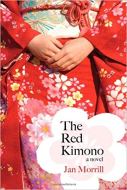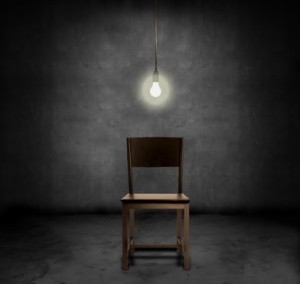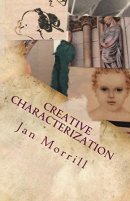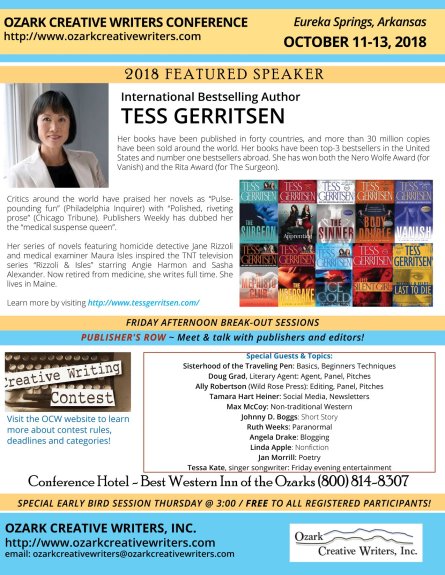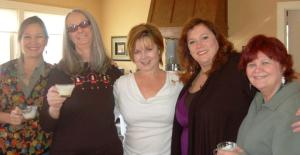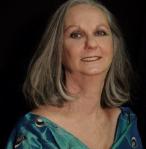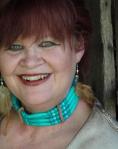What draws you to a story? My favorite stories are those written in what’s often known as “deep point of view.”
In my novel, The Red Kimono, I created three separate Deep POV/Perspective characters: Sachi, an 8-year old Japanese American girl; Nobu, her 17-year old brother; and Terrence, Nobu’s African American friend. As you might imagine, all three saw the years surrounding World War II differently.
The Editor’s Blog says:
Deep POV takes readers into the head and heart of a character, allowing the story to be seen and felt through the character’s experiences and history and thoughts and feelings.
In preparing for writing workshops, the Sisterhood often discusses debates argues about the difference between Point of View and Perspective. We go back and forth on what to call it. But then, isn’t it a woman’s prerogative to change her mind?
Here’s how NYBookEditors.com defines each:
- Point of view focuses on the type of narrator used to tell the story
- First person – “I”
- Second person – “You”
- Third person – “He, she, it, they”
- Perspective focuses on how this narrator perceives what’s happening within the story
What we call it is not so important as how we create and use Deep POV/Perspective, because writing in this way helps the reader to experience a story through the characters’ eyes, not the author’s eyes. It draws readers to empathize with characters, to love or despise them, to cheer for their successes or failures.
Exercise:
- Think of a memory that involves you and a friend or family member.
- On a sheet of paper, make two columns.
- In one column, write everything you recall about that memory. (Feelings, reactions, opinions, senses you recall.)
- Without letting your friend/family member see your recollections, ask him about his memories and write down everything he can recall about the event.
- Compare the two versions.
This exercise demonstrates the power of perspective and how completely it can change a story. Everything depends on from whose eyes the story is seen.
How?
To create a deeper intimacy between your characters and your reader, in other words, to create scenes with Deep POV/Perspective:
- Know your character. An author must know her characters as well or better than she knows real people in her life. How does your character see the world? How would she react in certain situations? How do her memories influence how she sees the world? One way to get to know answers to such questions is by interviewing your character.
- Be constantly aware that your character doesn’t know everything. He can’t know what’s happening in another room, or what someone said about him two days before. Stay in your character’s head—no head hopping!
- Avoid using, “filter words” such as the following.
- She wondered. . .
- He thought . . .
- She was . . .
- He felt . . .
Example:
- Out of Deep POV – Kim was beginning to feel nervous as she sipped her tea. She wondered if Nick would take the time to meet her at the coffee shop.
- In Deep POV/Perspective – Kim sipped her tea to calm roiling nerves. Still, her foot continued to tap the floor. It was a bad habit her mother always brought to her attention, which only served to make her tap harder and faster. Would Nick show up at the coffee shop? Would she be worth his time?
In Example 2, (Deep POV/Perspective), there are no “tags” or “filter words.” We are in Kim’s head. We know her memories, her concerns, her irritations, her fears.
In short, wherever possible, “Show, (through your character’s eyes). Don’t tell.”
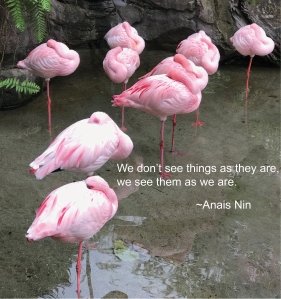
Exercise:
- Choose a scene from your story/novel.
- Write it from different character’s perspective.
- If you write the scene “in the head” of this different character, you’ll be surprised about what you’ll learn about your characters, scene and story.
Deep POV/Perspective is like adding color to a canvas or photo.
Splash a little color onto your writerly canvas!
